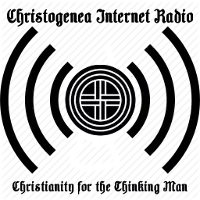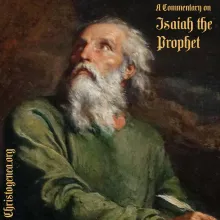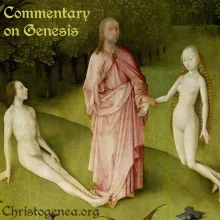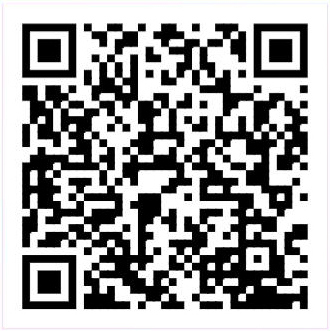TruthVid's 100 Proofs that the Israelites were White, Part 18: 42, Major word mistranslations or misunderstandings that occur repeatedly throughout the Bible, continued: Adam, enosh and mamzers: Man, man and bastards, Strangers and aliens

TruthVid's 100 Proofs that the Israelites were White, Part 18
This is our third discussion of point 42 in TruthVid’s 100 Proofs that the Israelites were White. As we have already said, this review of the meanings of certain words does not explicitly prove the race of the Israelites, but it does show that word meanings were obfuscated so as to distort the many other evidences that the message of Christ and His apostles and prophets is solely intended for White Europeans.
42 continued) Major word mistranslations or misunderstandings that occur repeatedly throughout the Bible.
Adam, enosh and mamzers: Man, man and bastards.
First, we must address a false claim in Christian Identity circles that the word enosh is a precise reference to so-called men of other, non-Adamic races. That is not true. The fact is that examining the listings in Strong’s Concordance for the English word men, it is very quickly realized that men of the race of Adam were very often referred to with the word enosh. Rather, the Hebrew word enosh, Strong’s # 582, is related to and derived from the word anash, Strong’s # 605, which means frail or feeble, and therefore enosh refers to man as a mortal being.


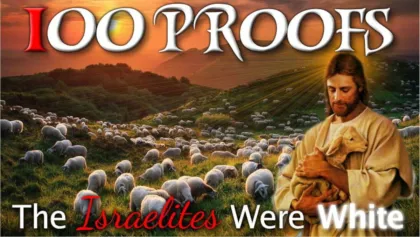
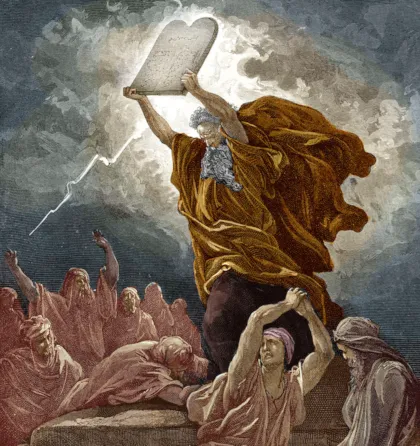

 This evening we had another open forum discussion with some of our Forum Members and friends. Many topics of immediate interest to Identity Christians were discussed, and especially the methods of our approach to Scripture and why we hold them dear.
This evening we had another open forum discussion with some of our Forum Members and friends. Many topics of immediate interest to Identity Christians were discussed, and especially the methods of our approach to Scripture and why we hold them dear.
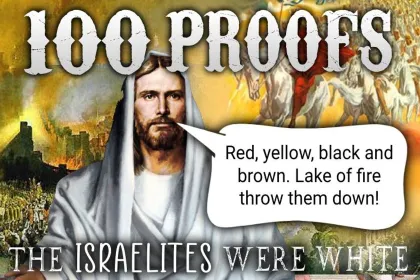
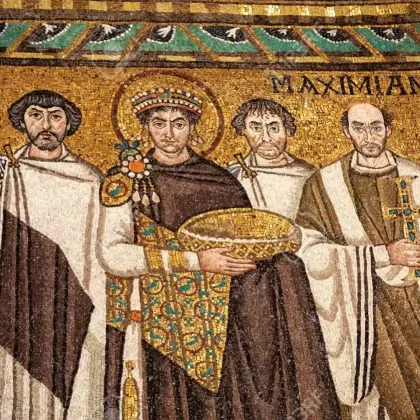

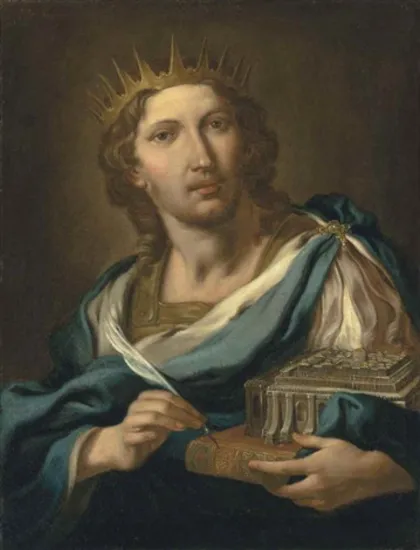
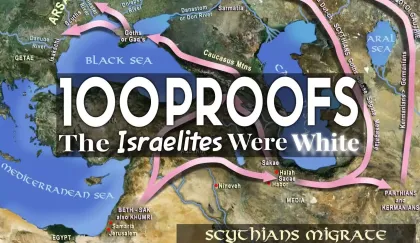
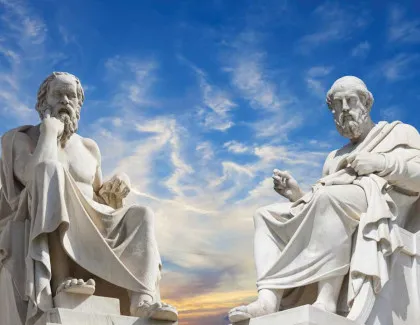
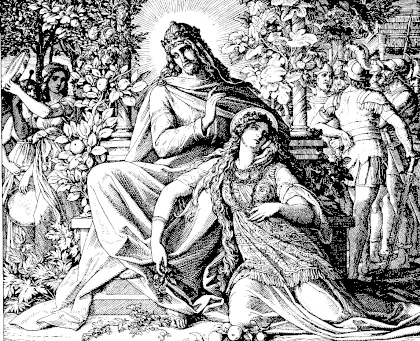
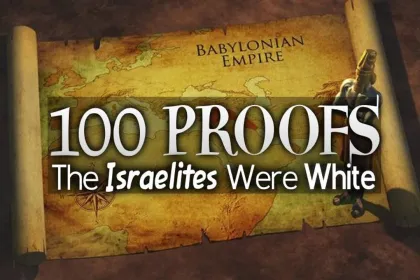
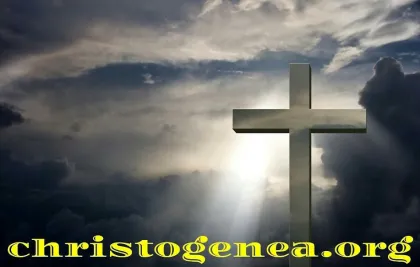
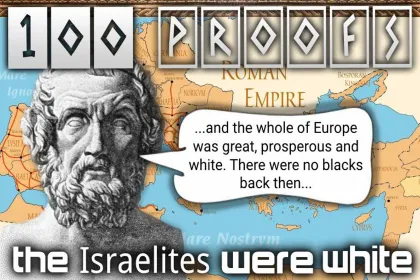
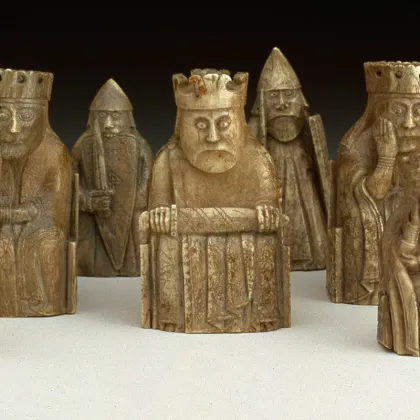
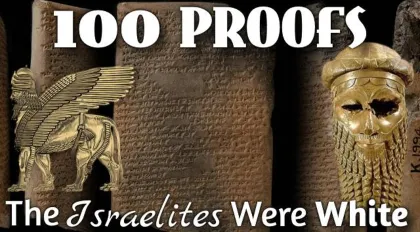

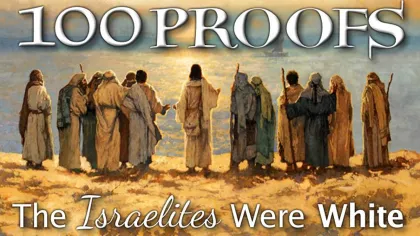


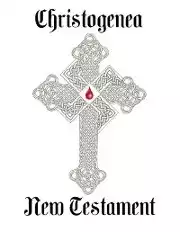

 Please click here for our mailing list sign-up page.
Please click here for our mailing list sign-up page.

